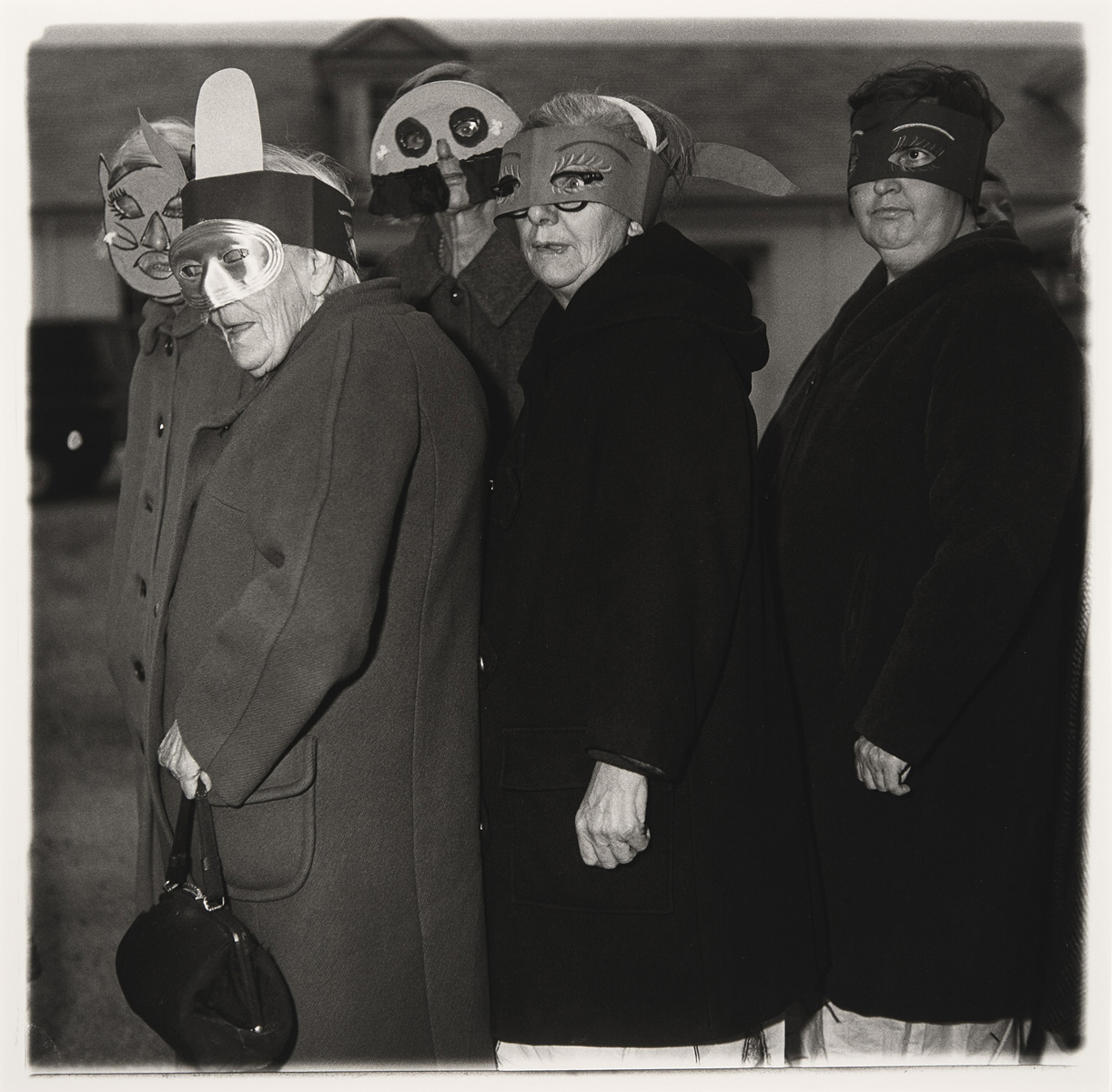How documentary photography transforms the way we see
- Text by Miss Rosen
- Photography by Elliott Erwitt (main image), all photography courtesy Alex Webb/Magnum Photo

The documentary photograph, both art and artefact, occupies a singular place in the historical record. It acts as testimony, bearing witness to those whose voices might otherwise go unheard, and it can be used as a form of activism to change the world.
A new exhibition, For the Record, brings together the work of some 35 photographers whose innovative approaches have redefined not just the genre but also the medium writ large. From Berenice Abbott’s Changing New York to Danny Lyon’s Bikeriders, to Larry Clark’s Tulsa, and Bruce Davidson’s Brooklyn Gang, the exhibition chronicles the role of documentary photography in shaping the way we see and think about the times in which we live.
By combining classical and contemporary approaches, the exhibition explores the ever-evolving language of photography and the ways in which it simultaneous straddles the realms of reportage and fine art. As 17th-century clergyman Thomas Fuller famously said, “Seeing is believing, but feeling is the truth” — a sentiment that captures documentary photography’s extraordinary ability to communicate the emotional impact of people, places, and events.

Untitled, (Boy Showing Tattoo on Arm) from Brooklyn Gang, 1959, gelatin silver print © Bruce Davidson/Magnum Photos

Haiti, 1979, Alex Webb
At a time when notions of “truth” have been undermined by conspiracy theory and profound distrust, documentary photography offers a moment of respite in the rhetorical storm. For Magnum Photos member Alex Webb, adopting an exploratory approach instead of fact-finding is paramount.
“I’m interested in the intuitive journey, the discovery of the surprising or unexpected, not the preconceived notion,” Webb says. “I like photographs that take me somewhere I’ve never been before – both visually and emotionally – and images that open my eyes to something new, often something enigmatic. That’s why I tend to see my photographs as a series of questions, and not as answers.”
In 1975, long before the use of colour photography was accepted in professional circles, Webb had reached what he described as a “dead-end in my photography…. Somehow the work wasn’t going anywhere, wasn’t expansive enough.” After embarking on life-changing trips to Haiti and to the U.S.-Mexico border, Webb realised colour was an integral part of the story.

Untitled (14), 1970-71, gelatin silver print © The Estate of Diane Arbus

Mujer ángel, Desierto de Sonora, México, 1979, gelatin silver print © Graciela Iturbide
Like W. Eugene Smith, whose photo essays from 1950s-era LIFE Magazine are featured in the show, Webb adopts an immersive approach, believing that walking in the world with one’s camera is how photographers learn. “A slow, measured pace allows for a kind of gradual immersion into a world,” Webb says, “not too aggressive, not too intrusive, allowing me to slip slowly in and out of situations. Walking gives me a visceral sense of a place and its people.”
This understanding is shared by exhibiting artists like Robert Frank, whose influence on documentary photography spans generations. “I was drawn to The Americans for Frank’s edge and spontaneity,” Webb says. “I remain a believer in more exploratory and personal work – authored work that reflects a sense of discovery of the unexpected or of the unknown.”

Billy Mann, from Tulsa, 1968, gelatin silver print © Larry Clark

Grenada Smoke, Alex Webb

London, 1951, gelatin silver print © The Estate of Ernst Haas/ Alexander Haas
For the Record is on view at Etherton Gallery in Tucson, AZ, through May 29, 2021.
Follow Miss Rosen on Twitter.
Enjoyed this article? Like Huck on Facebook or follow us on Twitter.
You might like

Capturing life in the shadows of Canada’s largest oil refinery
The Cloud Factory — Growing up on the fringes of Saint John, New Brunswick, the Irving Oil Refinery was ever present for photographer Chris Donovan. His new photobook explores its lingering impacts on the city’s landscape and people.
Written by: Miss Rosen

Susan Meiselas captured Nicaragua’s revolution in stark, powerful detail
Nicaragua: June 1978-1979 — With a new edition of her seminal photobook, the Magnum photographer reflects on her role in shaping the resistance’s visual language, and the state of US-Nicaraguan relations nearly five decades later.
Written by: Miss Rosen

A visual trip through 100 years of New York’s LGBTQ+ spaces
Queer Happened Here — A new book from historian and writer Marc Zinaman maps scores of Manhattan’s queer venues and informal meeting places, documenting the city’s long LGBTQ+ history in the process.
Written by: Isaac Muk

Nostalgic photos of everyday life in ’70s San Francisco
A Fearless Eye — Having moved to the Bay Area in 1969, Barbara Ramos spent days wandering its streets, photographing its landscape and characters. In the process she captured a city in flux, as its burgeoning countercultural youth movement crossed with longtime residents.
Written by: Miss Rosen

In photos: 14 years of artist Love Bailey’s life and transition
Dancing on the Fault Line — Photographer Nick Haymes’s new book explores a decade-plus friendship with the Californian artist and activist, drawing intimate scenes from thousands of pictures.
Written by: Miss Rosen

Dalia Al-Dujaili: “When you’re placeless, nature can fill the void”
Babylon, Albion — As her new book publishes, the British-Iraqi author speaks about connecting with the land as a second-generation migrant, plants as symbols of resistance, and being proud of her parents.
Written by: Zahra Onsori

